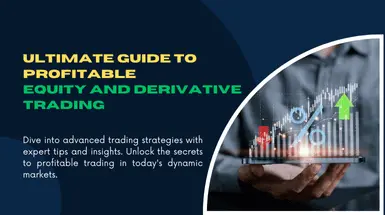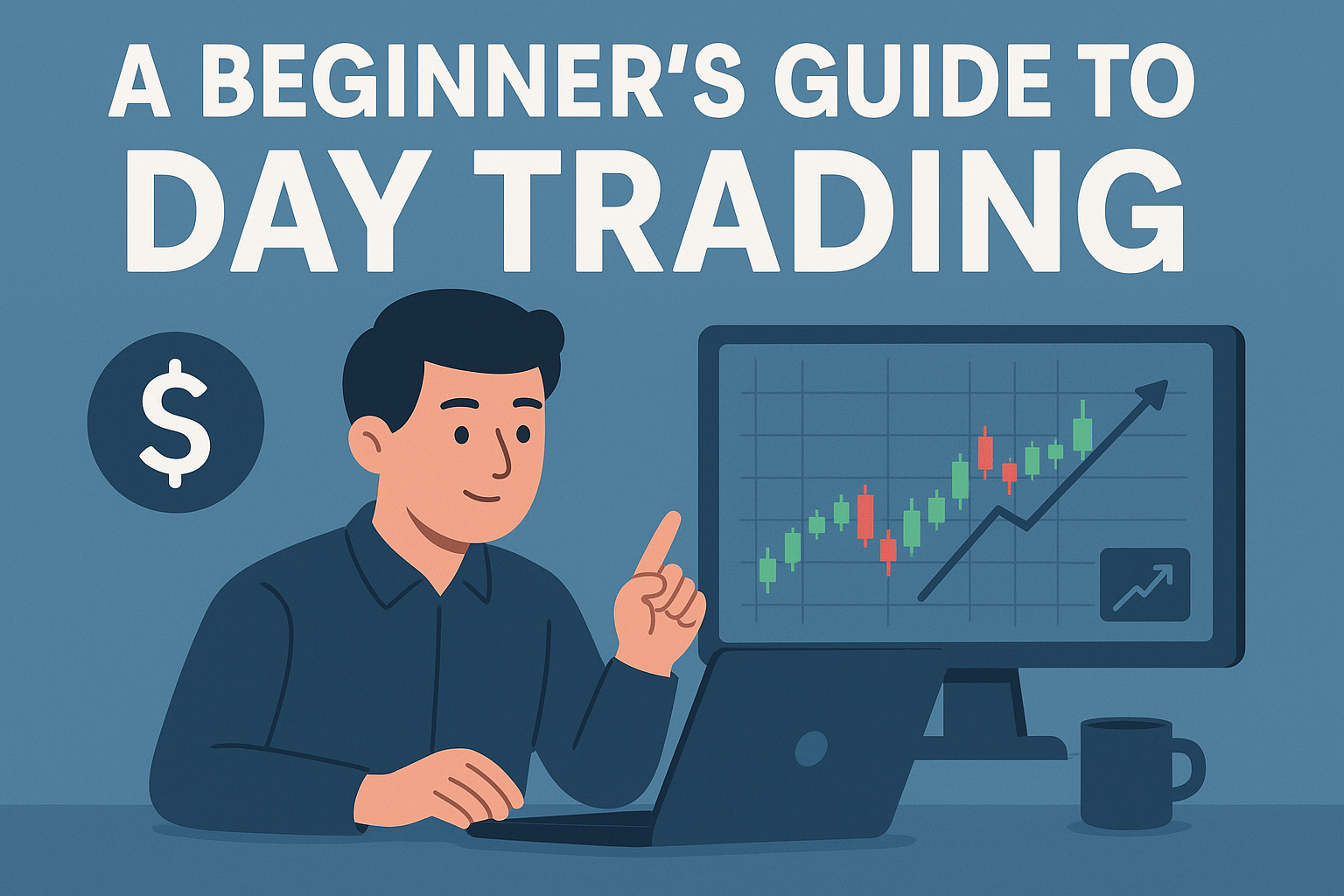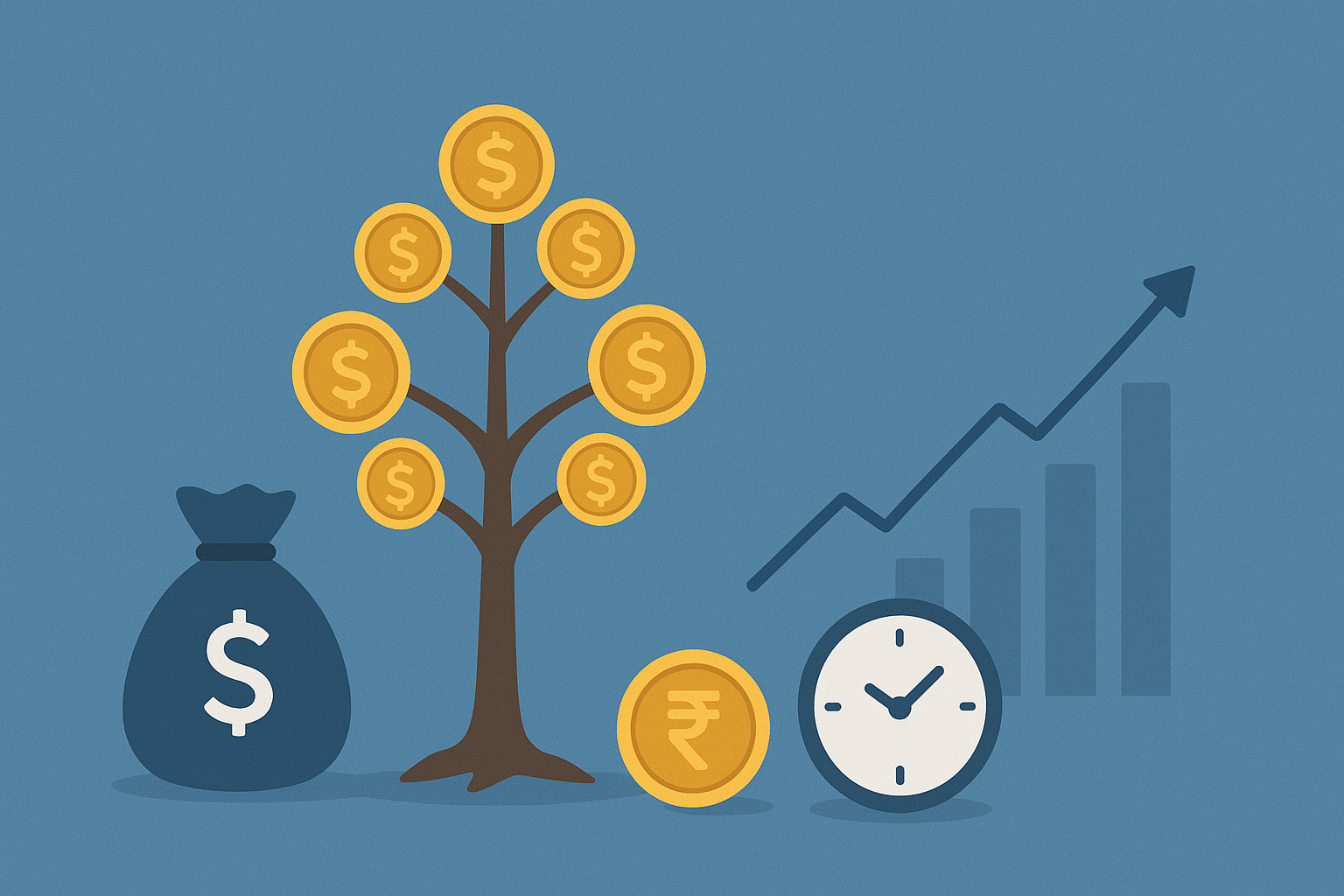Global trading has continually been shaped by innovation. From the advent of online systems to cellular apps and now artificial intelligence, each bounce in generation has converted the way investors perform. Today, AI Trading and algorithmic Trading software are revolutionizing global markets by permitting Traders to analyze information, predict trends, and execute trades at lightning speed.
More than 70% of all equity trades worldwide are already treated by automatic Trading structures, and the wide variety is growing as Artificial intelligence continues to evolve. In 2025 and beyond, Traders who understand the strength of AI in Stock Market predictions and automatic techniques may have a huge advantage over those who nevertheless rely totally on manual Trading. In this article, Namo Trading Academy explores what AI and algorithmic trading are, how they work, the benefits and risks, and how traders can leverage these technologies to stay ahead.
Understanding Algorithmic Trading
Algorithmic trading is the system of use of pc packages to execute trades routinely based on particular rules. These rules, additionally called “algorithms,” may be designed around price level, technical indicators, or market events. Instead of spending hours analyzing charts, investors can allow an algorithmic Trading software program to scan more than one market in real time and place orders right away.
One of the most powerful applications of algorithmic trading is high-frequency trading (HFT). Here, algorithms execute thousands of trades per second to take advantage of small market fluctuations. While retail traders may not always compete directly with institutional HFT firms, understanding how these systems work can help in designing the best algorithmic trading strategies for personal use.
The Evolution of AI Trading
Traditional algorithmic trading relies on fixed instructions. In contrast, AI trading systems can learn and adapt using machine learning. This makes them far more effective in dynamic markets where conditions change rapidly.
- For example, AI trading platforms can:
- Process millions of data points per second.
- Identify hidden patterns in candlestick charts.
- Recognize shifts in market sentiment from news and social media.
- Continuously improve performance by learning from past trades.
Unlike human traders, who are influenced by emotions, AI-powered automated trading systems act purely on data. This increases discipline, consistency, and profitability over time.
AI in Different Markets
Stock Market Trading
AI algorithms can predict stock price movements by analyzing earnings reports, news sentiment, technical indicators, and macroeconomic data. For instance, hedge funds use AI to spot arbitrage opportunities across multiple stock exchanges.
Forex Trading
In the highly volatile foreign exchange market, forex algorithmic trading has become the norm. AI-powered systems can track multiple currency pairs, analyze geopolitical events, and execute trades instantly to capture small price differences.
Cryptocurrency Trading
Crypto markets run 24/7, and volatility is extremely high. This makes AI crypto trading bots a favorite among traders. Bots can analyze order book data, detect pump-and-dump schemes, and react to rapid price changes in real time.
Options and Futures
AI helps traders optimize options trading strategies, manage risks, and make smarter hedging decisions. Futures contracts, especially in commodities and energy markets, also benefit from predictive AI models.
Risks and Challenges of AI and Algorithmic Trading
While AI and algorithmic trading offer incredible benefits, they also come with risks:
- Overfitting Strategies
Algorithms that perform well in backtests might fail in real-world conditions if they’re too rigid. - Market Volatility Risks
During sudden crashes, algorithms can amplify losses by triggering massive sell-offs. - High Costs
Building and maintaining advanced AI trading systems can be expensive, though costs are falling as technology becomes more accessible. - Regulatory Concerns
Regulators worry about market manipulation, flash crashes, and a lack of transparency in AI-driven markets. - Dependency on Technology
Traders relying too much on AI might lose the ability to analyze markets independently.
How Traders Can Leverage AI and Algo Trading in 2025
If you’re entering the market today, here’s how you can benefit from AI-driven trading:
- Start with Automated Trading Platforms
Use beginner-friendly platforms that offer built-in algorithmic trading software. - Learn Technical and Fundamental Analysis
Even if you rely on AI, understanding candlestick patterns, moving averages, and support and resistance levels will make you a better trader. - Test with Demo Accounts
Before risking real money, test AI bots in demo accounts to evaluate their performance. - Focus on Risk Management
Always set stop-loss levels and diversify your trades. AI can optimize strategies, but no system is 100% accurate. - Keep Learning from Experts
Institutions like Namo Trading Academy provide structured courses on AI, algorithmic trading, and market psychology. Enrolling in such programs helps traders understand both the technical and practical sides of trading.
AI and the Future of Trading
The next decade will bring even more exciting developments in trading technology. Here’s what to expect:
- Quantum Computing in Trading – Faster processing of complex financial data.
- Blockchain + AI Integration – Secure, transparent, and automated smart contracts for trading.
- Predictive AI Models – More accurate market forecasting based on global economic data.
- Retail Access to Advanced Tools – What was once available only to hedge funds will soon be in the hands of everyday traders.
With these advancements, the gap between institutional and retail traders will continue to shrink, making the markets more competitive and accessible.
Conclusion
AI and algorithmic trading are not just buzzwords—they are the backbone of today’s financial markets. By combining speed, accuracy, and predictive power, these technologies allow traders to compete at levels once reserved for large institutions.
However, success requires the right balance of technology and human intelligence. Traders must understand risks, build strong risk management frameworks, and keep learning to adapt to market changes.
With the right tools and guidance—such as the structured learning offered by Namo Trading Academy anyone can harness the power of AI and algorithmic trading to grow smarter, trade faster, and achieve consistent results in today’s fast-paced markets.



